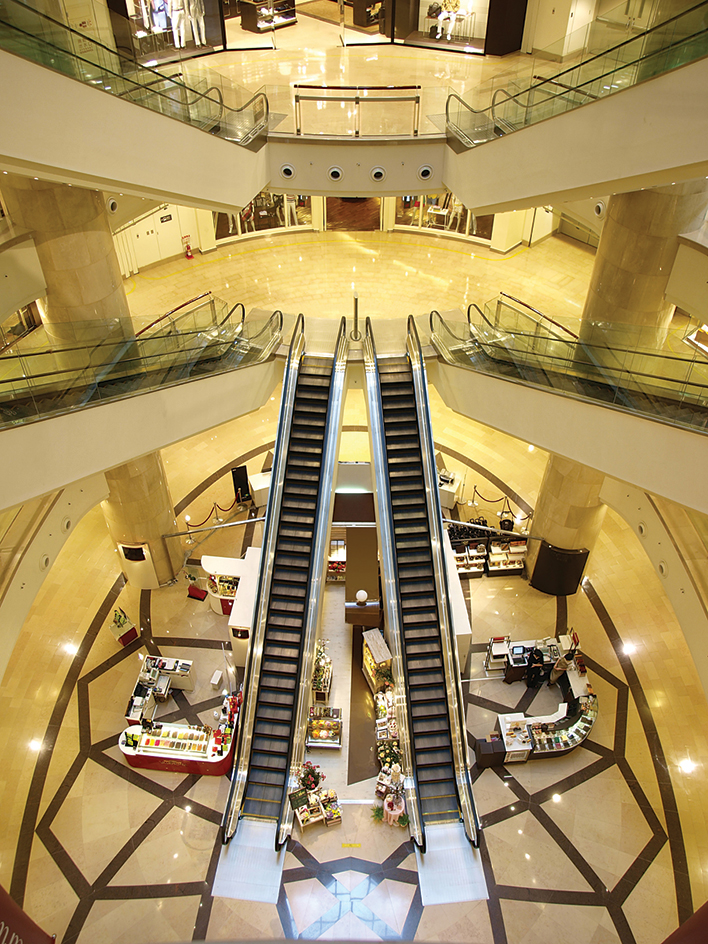Department store is a large store that sells many kinds of goods in separate departments under one management. It also provides a variety of services. In a typical department store, perfumes, jewelry, and similar articles are on the first floor, and clothing, furniture and appliances are on the upper floors. Some department stores also sell bargain merchandise in the basement.

A typical department store is organized into five divisions: merchandising, operations, promotion, finance, and personnel. Merchandising involves the buying of merchandise for the store, the distribution of merchandise to specific store locations, and the selling of merchandise. Operations includes security, technology and information systems, customer service, maintenance, and general housekeeping. Promotion deals with advertising and displaying merchandise, and with public relations. Finance covers accounting, credit management, and other financial matters. Personnel deals with the hiring and training of employees and the keeping of certain records on them. Some department stores include product design as a sixth division, or as part of the merchandising division. The product design division is responsible for developing products that are exclusive to the department store.
Many historians believe that Aristide Boucicaut, a French merchant, established the first department store. Boucicaut managed a store in Paris called Bon Marché (French for good bargain). Bon Marche originally sold only fabrics, but in the 1850’s, it began to sell a large variety of goods, arranged by department.
Boucicaut’s retailing practices were quickly copied by such American businessmen as Marshall Field, Eben Jordan, Rowland H. Macy, Benjamin L. Marsh, Alexander T. Stewart, and John Wanamaker. By the early 1900’s, department stores had spread throughout the United States.
Early department stores differed from those of today in a number of ways. For example, the first department stores were established in downtown areas, but many are now in suburbs. The early department stores were one-store operations. Today, the majority of department store organizations have several stores within a metropolitan area, as well as locations in different cities. Originally, department stores provided a high level of personal service to their customers in all departments. Many modern stores, however, have some departments that are largely self-service. The first department stores occupied several stories and offered a great variety of merchandise. Today’s newer department stores occupy only a few floors and sell a smaller variety of goods. In addition, many department stores now sell merchandise through direct-mail activities and other methods.
Some of the better-known department stores in the United States include Bloomingdale’s, Dillard’s, JCPenney, Kohl’s, Macy’s, Neiman Marcus, Nordstrom, and Saks Fifth Avenue. The leading department store in Canada is Hudson’s Bay. In the United Kingdom, major department stores include Harrods, John Lewis & Partners, Marks & Spencer, and Selfridges & Co. Among department stores in Australia are David Jones and Myer. Some other prominent department stores around the world are Galeries Lafayette and Le Bon Marché in France, Inno in Belgium, Galeria in Germany, Isetan in Japan, and GUM (Glavny Universalny Magazin, or Main Universal Store) in Russia.
See also Chain store; Discount store; Mail-order business; Retailing; Sears, Roebuck and Co.
